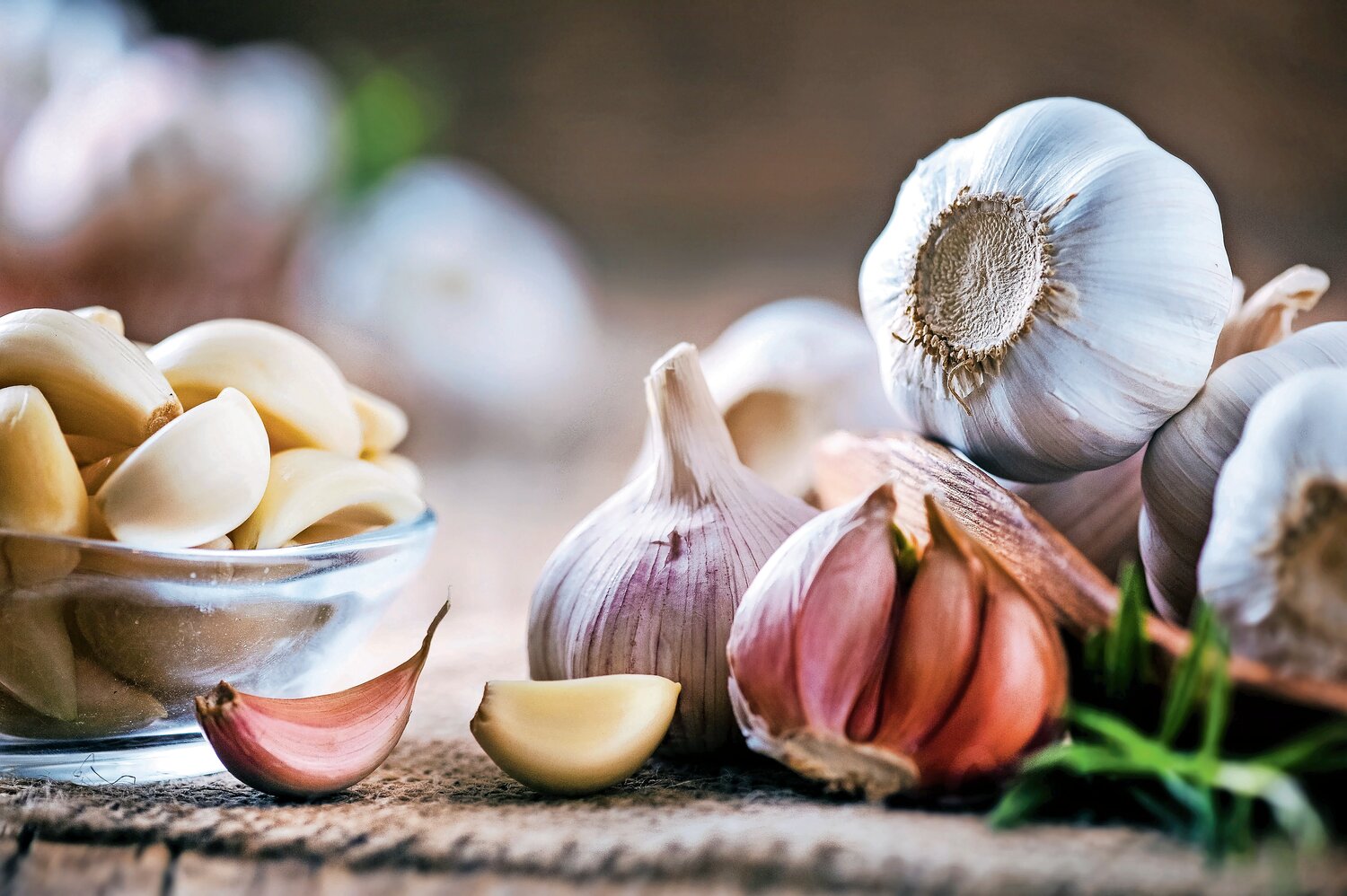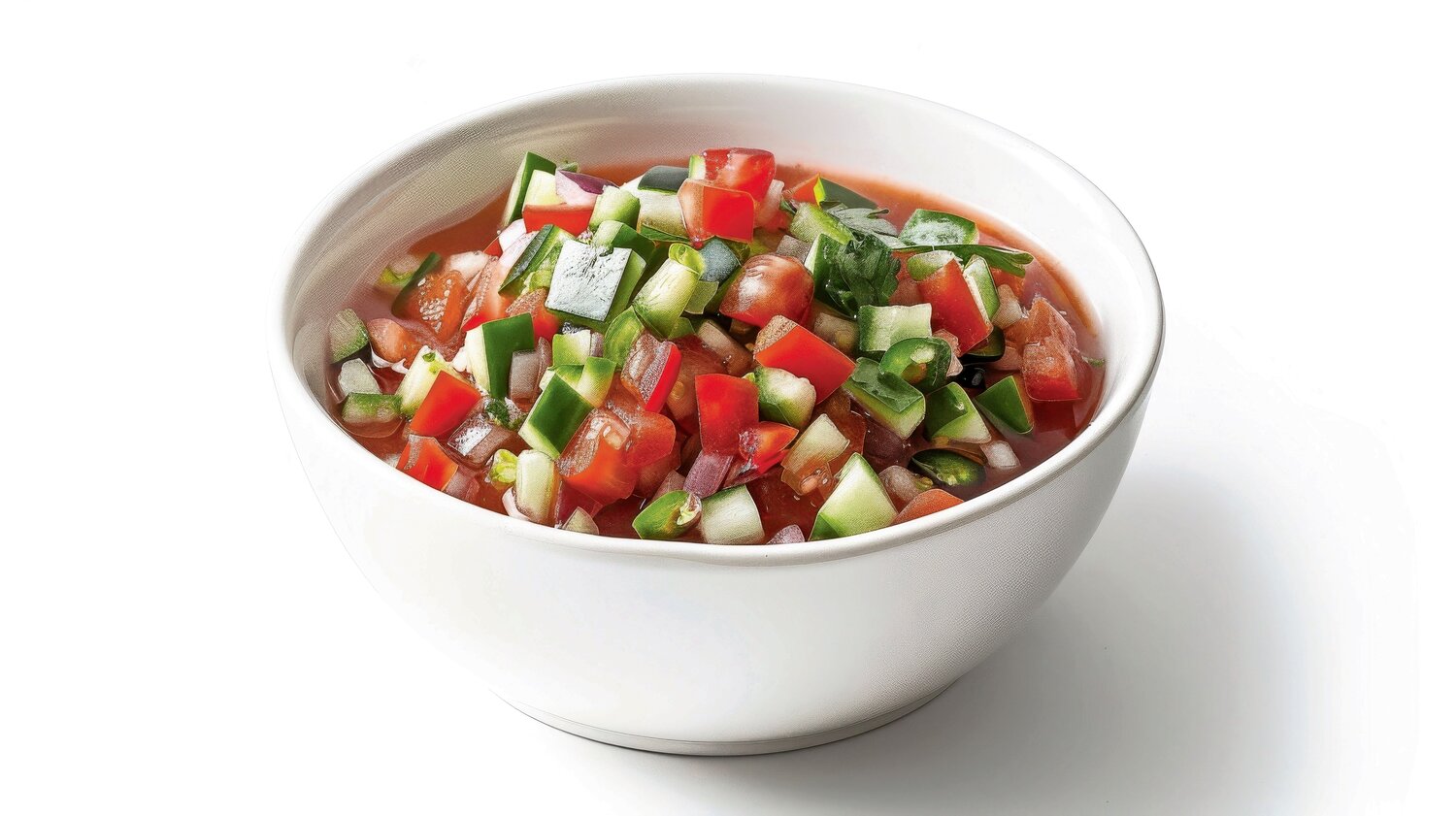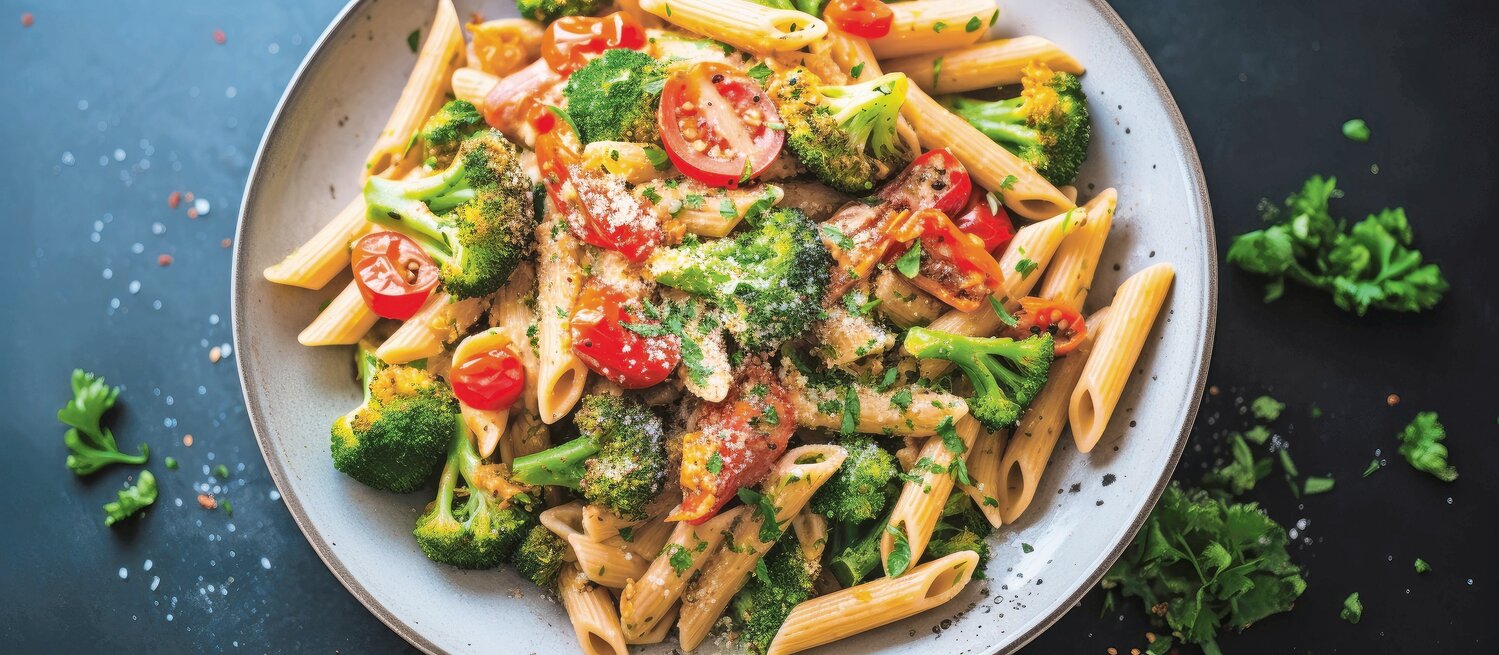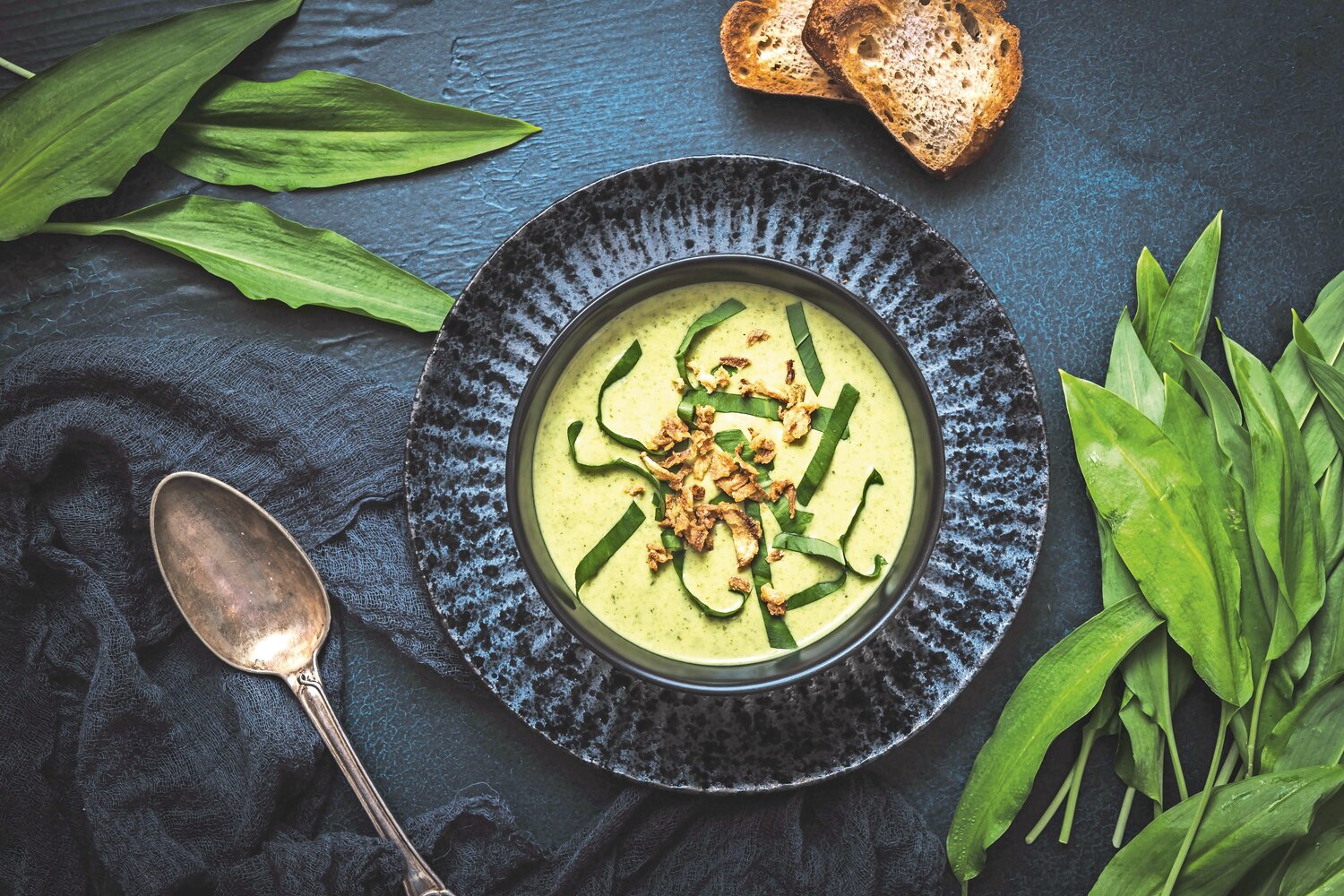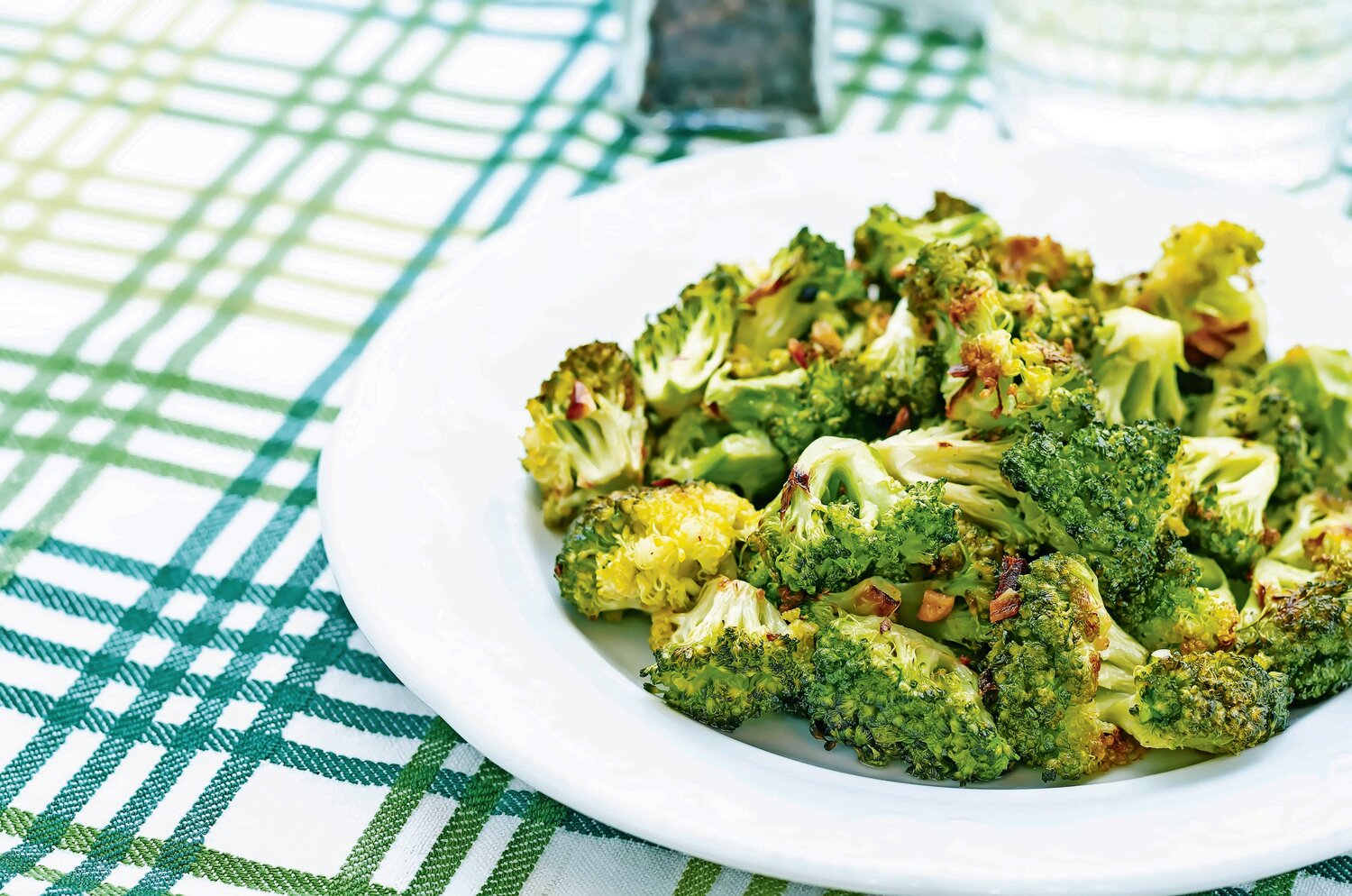It’s time to slice (and smell) the garlic!
Garlic will soon be ready to harvest all over the country, but nowhere more than in Gilroy, California, the town known worldwide for its garlic. In fact, Christopher Ranch in Gilroy supplies America and the world with more than 100 million pounds of garlic each year, about 50% of the garlic grown in the US, most of which goes to Gilroy for processing.
But even those millions of pounds do not make the US the leading grower of garlic. That title belongs to China, which producees 73% of the world’s garlic — or 23 million tonnes. Which each tonne being 2,200 pounds. that translates to about 50 BILLION pounds! The world really does love Garlic.
Garlic festivals can be found everywhere from Massachusetts to California and many places in between — including at Waterdrinker North Folk in Riverhead in mid-September. There are also garlic festivals in England, France, Estonia, Finland, Japan and more. But, the largest garlic festival in the world is held each year in California and attracts more than 100,000 people over two days.
I recommend attending one of these festivals, even though there won’t be much to eat (they tend to be heavy with meat and more treif, but there is always garlic ice cream, plus packaged treats that are certified kosher). There are also beautiful local crafts, fun games and activities for kids. (In addition to the garlic festival, the venue on Long Island has activities throughout the summer, including hay rides, a corn maze, pumpkin and sunflowers picking, baby animals, face-painting and more.)
Most people love garlic and use it often. It can be used raw, roasted, fried, boiled and pickled, minced or whole, sliced or grated, the “stinking rose” adding a distinctive pungency to the food. We know that garlic is common to Italian foods, and everyone has made “chicken with 40 cloves of garlic,” but what exactly is the Jewish connection to this versatile non-herb?
• • •
The use of garlic goes back 5,000 years, to ancient Egypt. It was used as a medicinal food and was often fed to the slaves for strength, virility, and to cure ailments from pain to parasites. Thus, the Jews developed a taste for garlic and when they left Egypt, it is said that they mourned the loss of six foods, one of which was garlic.
But garlic was also a food that was believed to have mythical powers and was often buried in Egyptian tombs to help the dead live well in the afterlife. In fact, garlic bulbs were found in the sarcophagus of King Tutenkaman.
Garlic also has biblical connections. According to Gil Marks, in his “Encyclopedia of Jewish Food,” Ezra the scribe decreed that men should eat garlic on Shabbat night as an aphrodisiac.
The Babylonian Talmud stated that five things were said about Garlic: It satiates, it warms the body, it brightens one’s face, it increases semen, and it kills intestinal parasites.
Garlic was also believed to have magical and powerful qualities. Sephardim believed that garlic could ward off the evil eye because the Ladino word for garlic is ajo, which is very close to the word, ojo, which means eye. Ashkenazim also believed that garlic held some magical powers and often put a bulb of garlic on a tray near a baby boy during the bris or pidyon haben to bring the baby a long, strong, and virile life.
In a less positive note, both cuisines used garlic in their cooking in large amounts, especially on Shabbat, and at times, antisemitic people would use the smell of the cooking garlic to identify Jewish homes.
During the past few decades, garlic’s popularity as an integral ingredient in infinite numbers of recipes has increased so much that significantly increasing acres of land have been given over solely to growing garlic to meet the worldwide demand for this allium.
Did you know that garlic is neither a spice nor an herb? It most closely resembles the onion family, and is an allium, but does not grow in layers like onions, shallots or leeks. However, it does grow underground and is ready to harvest, like onions, when the green tops turn brown and fall over. And, if you grow it, make sure to cut off and save the garlic scapes, those long curling flower stems that must be cut off the garlic to ensure large bulbs, but are delicious in their own right.
Garlic is not eaten like onions; you cannot dice and fry it, or cut it into rings. It is a marvel unto itself, defying definition except to call it a heavenly addition to so many recipes.
Some people even make garlic part of dessert dishes, including ice cream! I have not yet tried that, but maybe this summer.
Summer Garlic, Leek, and Spinach Soup (Pareve or Dairy)
This is a light soup that is great on a cool summer night for a light dinner. You can leave out the flour for an even lighter, brothy soup. I like to process this until it is smooth before I add the spinach. If you do not like spinach, leave it off.
4 large heads garlic
6 to 8 Tbsp. extra virgin olive oil, divided
2 to 3 leeks, about 4 to 8 inches long, white and light green parts
1 onion, diced
2 quarts vegetable broth
4 tbsp flour
3 cups baby spinach leaves
Salt and freshly ground black pepper to taste
OPTIONAL: dollop of sour cream for each bowl
GARNISH: Snipped Fresh Chives, crispy croutons
Preheat the oven to 425 degrees. Remove any loose papery skins from the garlic and trim each clove so about a quarter-inch of the top of the head is exposed. Take a large square of aluminum foil and place the heads of garlic in the foil. Drizzle the exposed tips with 2 to 3 Tbsp. olive oil and bring up the corners of the foil to make a leak-proof pouch. Place on a rimmed baking dish and roast for 40 to 50 minutes, until fragrant and golden brown. The garlic will be soft. Let cool and then open the pouch.
When cool, squeeze each garlic clove into a small bowl and discard the skin. Set aside.
Slice the leeks in half lengthwise. Thinly slice each half crosswise, place in a bowl of cold water, swish to wash, and drain. Set aside.
Heat the broth in a pot until it comes to a strong simmer. Continue to simmer to reduce a bit.
Heat a large soup pot and add the remaining olive oil. Add the onions, and leeks and cook until slightly golden, 10 to 15 minutes. Add the roasted garlic and mix well, 4 to 6 minutes. Add the flour and mix constantly for 2 to 3 minutes. Add the hot broth and whisk to blend. Heat until simmering and let simmer, uncovered, for 20 minutes. Add the baby spinach leaves and cook for another 5 minutes or until the spinach is wilted. Taste and season with salt and pepper. Serve with chives, crispy croutons and/or a dollop of sour cream. Serves 8 to 10.
NOTE: You can process this with an immersion blender before you add the spinach.
Gazpacho with a Twist (Pareve)
The twist here is the bread with adds texture and thickens the soup. For a very different flavor, try using seedless rye bread or even black bread. Make this soup a few hours before serving to preserve the tart ripe flavor and crisp texture.
3 lbs. ripe tomatoes
1 green bell pepper
1 small Vidalia or sweet onion
1 cucumber, peeled, seeded and chopped
2 stalks celery, chopped
1 small red onion, chopped
2 to 4 slices French bread, crusts removed, lightly toasted
4 to 6 cloves garlic, finely minced
4 Tbsp. olive oil
3 Tbsp. garlic wine vinegar
1 tsp. sugar (scant)
1 Tbsp. freshly squeezed lemon juice
Pinch salt
Pinch white pepper
3 cups tomato juice
1 cup tomato puree
1 cup water
For Garnish:
1 cup garlic croutons
Scallions
1 red pepper, seeded and chopped
Place the pepper, onion and garlic in a food processor and process until finely chopped. Remove to a large pot. Chop the other veggies to a consistency you like and add them to the large pot.
Peel the tomatoes by dropping them, a few at a time, into a large pot of boiling water. When the skin splits, remove them with a slotted spoon and drop them into ice water. They will peel very easily. Cut the tomatoes in half and remove the core and some, but not all of the seeds, if you like. Otherwise, just cut the tomatoes; add them to the processor and process until they reach a consistency you like; chunky, smooth or somewhere in-between.
Transfer most of the tomatoes to the pot. (Leave about a cup or so.) Add the bread and process until smooth. Add the oil, vinegar, lemon juice, sugar, salt and pepper and process again until you have the consistency you like. Pour into the large pot and mix. Add the juice, puree and water to the pot and mix well. Chill for several hours.
Garnish with crispy garlic croutons and cut up veggies. Makes about 2 quarts.
Garlic Chicken One-Pot Meal (Meat)
4 chicken breast quarters, leg quarters, or boneless, skinless chicken breasts
1/2 cup flour seasoned with 1/2 tsp. each, salt, pepper, garlic powder
2 to 3 Tbsp. extra virgin olive oil
8 to 10 red bliss potatoes cut in half
1/2 cup scallions, chopped
6 to 10 cloves garlic, chopped, up to 1/2 cup
2 Tbsp. flour (additional)
1-1/2 cups dry white wine
2 cups chicken broth (homemade is best)
1/4 cup minced fresh parsley
1 large can artichoke hearts (not marinated) drained
1 cup freshly shelled peas, or snow pea pods, cut in half
OPTIONAL: 1 to 2 tbsp capers, rinsed well
Heat a large Dutch oven and add the Olive oil.
Mix flour, salt pepper and garlic powder in a bowl. Dredge chicken in it and place in the Dutch oven. Cook until golden, turning once to brown each side. Remove the chicken to a plate. Add the potatoes, scallions, garlic and a bit more oil if needed. Cook the potatoes, cut side down, until golden, 4 to 10 minutes. Stir often. Add the two tablespoons flour and mix constantly until the flour is no longer white and is mixed with the garlic and scallions. Add the wine and the broth and stir constantly until smooth and bubbly, 2 to 3 minutes.
Add the Chicken to the pot, cover and simmer for 30 to 45 minutes (longer for breast quarters). Add the artichoke hearts and the minced parsley and mix well. Cover and cook for another 10 to 15 minutes, until the chicken is completely cooked through. Serves 4.
Double Garlic Pasta with Summer Veggies (Pareve or Dairy)
1/2 cup extra virgin olive oil
6 to 10 cloves garlic, finely minced
6 to 10 cloves roasted garlic
1 zucchini, diced
1 yellow squash, diced
1 cup broccoli florets cut into small pieces
1 small eggplant, peeled and diced
2 cups grape tomatoes cut in half
1/4 cup basil, chopped
1/4 cup fresh parsley, chopped
1 pound pasta, your choice (I love fettuccini)
Red pepper flakes, to taste
Grated Parmesan cheese, to taste
Roast the garlic by cutting off the tips of the cloves and brushing the tops with canola oil. Place in a shallow roasting dish and roast, covered with g foil, at 350 to 375 degrees, for about 40 to 60 minutes, until golden and softened. Let cool then squeeze the cloves out of the skins and discard the skins. You need about 2 heads for this.
Dice the veggies and place them in a large bowl.
Place the olive oil in a small saucepan and add the minced, fresh garlic. Heat until the oil begins to simmer, and then turn off the heat. This is the oil you will use for the rest of the recipe.
Heat a large skillet and add 2 to 3 tablespoons of the olive oil to the skillet. Add the broccoli and stir until it is bright green. Add the rest of the veggies and stir until crisp-tender, about 2 to 3 minutes. Remove from the heat and set aside.
In a small bowl or cup, mix the cloves of roasted garlic with about 3 to 4 teaspoons of the olive oil until a paste forms. Set aside.
Heat a large pot of water and bring to a boil. Add salt and cook the pasta until al dente.
Drain the pasta, reserving about 1 cup of the water.
Place the pasta in a large bowl, add the roasted garlic paste and about half of the pasta water and mix well. Add the veggies and the rest of the garlic oil. Add more of the pasta water if needed. Serve with grated cheese and red pepper flakes. Serves 4 to 6.
Broccoli and Garlic (Pareve)
This is a favorite gastronomical pairing in Italian kitchens. It is simple and delicious with the fresh, just picked broccoli of summer. It is great hot or cold.
2 lbs. fresh broccoli or broccolini
10 to 12 cloves garlic, finely minced
2 Tbsp. extra virgin olive oil
Salt and pepper, to taste
OPTIONAL: Red pepper flakes, a bit of finely grated lemon zest
Heat a large skillet. Add the olive oil and the garlic and stir constantly until fragrant, 1 minute. If you are using red pepper flakes, add them now and stir for 30 seconds more. Add the broccoli florets and stir-fry until the broccoli turns bright green and softens a bit. If you like your broccoli softer, add a tablespoon of water, cover and steam for 45 seconds. Uncover, mix and season with salt and pepper to taste. Add a bit of grated lemon zest and mix for 30 seconds. Serves 6 to 8.
Garlic, Lemon, Herbs, and Spices Rub for Chicken (Pareve)
This makes enough for about 2 chickens cut into pieces.
1/4 cup minced garlic
1/4 cup grated lemon zest, yellow part only
1/3 cup minced parsley, dry is fine
2 Tbsp. minced thyme
2 Tbsp. minced rosemary
1/2 tsp. freshly cracked black pepper
1 tsp. kosher or smoked salt
1/4 cup extra virgin olive oil
Mix all the ingredients except the oil in a small bowl. Let stand for about 15 minutes to blend flavors. Take half the mixture and add the oil. Mix well. Rub the paste over pieces of chicken and place in a non-reactive baking dish (stainless or glass) Cover and refrigerate for about an hour. Cook over a low flame, indirect heat on a grill, or in a 350- degree oven. Keep remaining rub in an airtight container. Mix with oil just before using.
Roasted Garlic and Shallot Salad Dressing (Pareve)
This is great as a salad dressing or brushed on chicken, burgers, salmon, or garlic bread before heating. It is really made to taste, so taste and adjust often.
10 large cloves garlic, peeled
1 to 2 large shallots, peeled
6 Tbsp. extra virgin olive oil, divided
2 to 4 Tbsp. red wine vinegar or balsamic vinegar, to taste
1 tsp. to 1 Tbsp. Dijon mustard, to taste
1 Tbsp. honey, to taste
1 Tbsp. freshly squeezed lemon juice, to taste
1 to 2 tbsp water, if needed to cut acidity
Salt and freshly ground black pepper, to taste
1/2 cup extra virgin olive oil or Canola oil
Preheat the oven to 400 degrees. Place the peeled garlic on a doubled sheet of foil and drizzle with 3 tablespoons olive oil. Fold the foil over and make a sealed pouch. Place on a rimmed baking sheet. Roast for about 30 minutes.
Cut the shallots into lengthwise halves or quarters and place on another sheet of foil. Pinch the corners to make a rim to hold the oil. Add the remaining olive oil and place in the oven. Roast for 10 to 15 minutes, until some of the edges are brown. Turn the shallots and roast for another 15 minutes or until the shallots are softened and golden at the edges.
Remove the garlic and shallots from the oven and carefully open the foil covering the garlic. Make sure the cloves are golden and very soft. If not, cover and return to the oven. Let the garlic and shallots cool.
Add all the ingredients, including the oil from cooking the garlic and shallots, but excluding the 1/2 cup olive oil, to the food processor. Process until smooth. Slowly add the olive oil and process until emulsified. Taste and adjust seasonings. Makes 3/4 to 1 cup.

